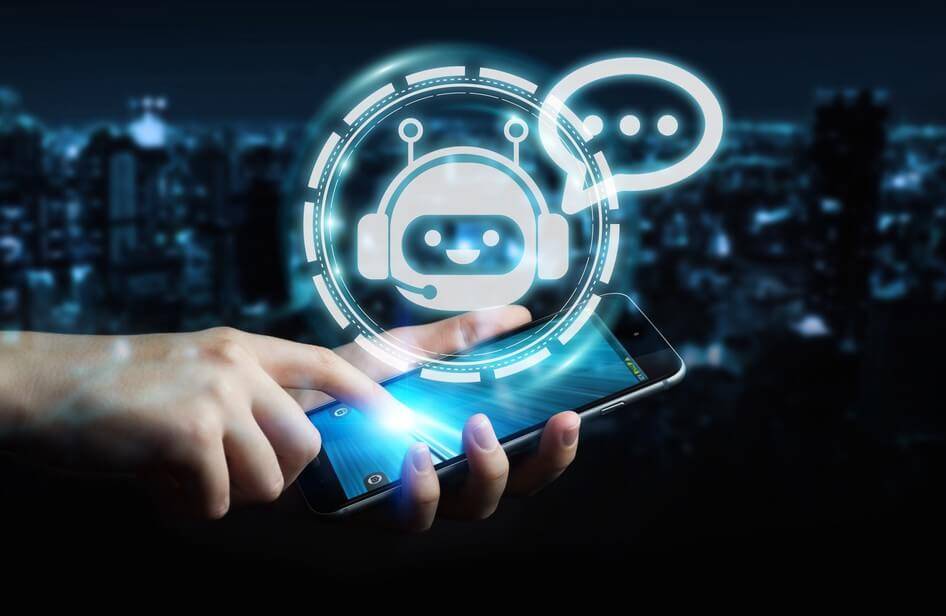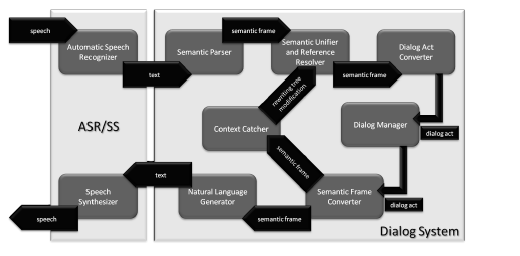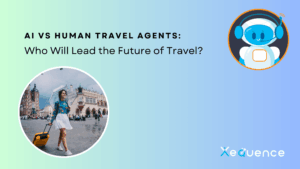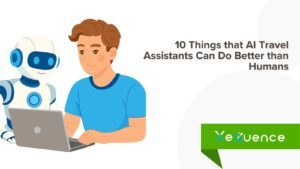Digital Assitant: The Future of Personal Assistant
- January 7, 2020
- XequenceAI
- Business, Gen AI, Natural Language Processing

Digital Assitant: The Future of Personal Assistant
In the previous decades, a personal assistant was defined as a person. A person who can provide distinct help at a given time and in a given context. For example, a secretary situated in a general office context provides support for activities such as incoming calls, recording meetings and appointments, ordering products or interacting with clients.
But an important characteristic of a personal assistant is that they are adept to the distinct demands of their master. With the increase of digital space day by day in our life, the role of personal assistants is diminishing day by day. The most desirable features of a personal assistant are simplicity, flexibility, and ease of interaction.
Digital assistants perfectly fit into this category. Similar to a personal human assistant, a digital assistant is an agent to aid you in completing your tasks, ranging from writing your emails, playing your favorite song, and creating your travel itinerary, etc.
What is digital assistance
A digital assistant is mainly a computer program designed to assist a user by answering questions and performing basic tasks. It uses advanced artificial intelligence (AI), natural language processing, and machine learning to provide a personalized conversational customer experience. Algorithms can create data models that identify patterns of behavior and then refine those patterns as data is added. By learning a user’s history, preferences, and other information, it can answer various complex questions, provide recommendations and even initiate conversations. According to juniper research, there are estimated to be 8 billion digital assistants by 2023. But every digital assistant has different capabilities. Some digital assistants pull data from multiple sources and put it into context. While other digital assistants use advanced natural language processing to process what a user wants to say or type.

Difference between Chatbot and Digital assistance
Generally, it’s easy to confuse digital assistants with chatbots. But Chatbots are quite different from digital assistants. A digital assistant is an advanced type of chatbot that can conversationally handle more complex interactions. For example, a digital assistant will help you book any table in a restaurant and arrange transportation too. It uses input such as the user’s voice, vision ( images), and other text-based information to assist users by answering a question in their language. Today’s various digital assistants such as Siri, Alexa, and Cortana are rapidly being embraced by consumers and businesses across the globe. Recently, a new trend has emerged in which digital assistants were coupled with other advanced AI technologies to transform companies by creating more efficient business processes and automating complex tasks, and improving the customer service experience. Advancements in machine learning and deep learning capabilities associated with digital assistants will further allow for new data-driven discoveries involving other revealing personal interactivity insights. But at the same time, privacy practices will be the core of customer concerns. Many organizations have strong privacy practices with regards to the collection of personal information, secondary use of personal information, and external unauthorized secondary use of personal information. Looking at the technological benefits to consumers of the manifold and strong privacy by majority organizations, such a small tradeoff cannot be a big concern.
Recent Posts
Newsletter
Get regular updates on data science, artificial intelligence, machine
You may also like

10 Reasons AI Chatbots Are Transforming Hotel Front Desk Operations

AI vs Human Travel Agents: Who Will Lead the Future of Travel?

How AI Is Revolutionizing Flight Operations and Airline Economics




